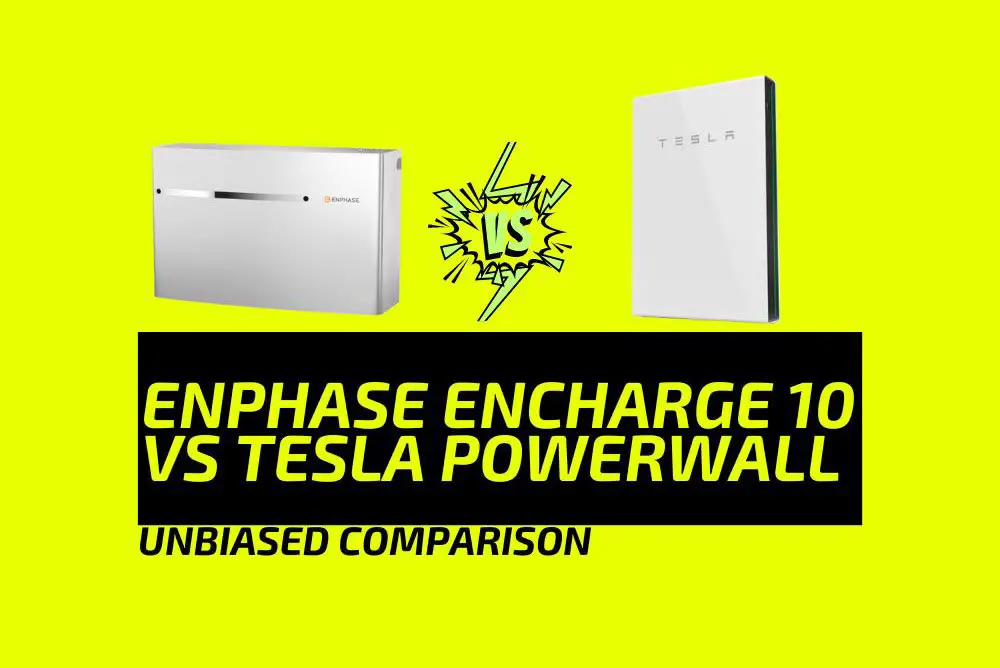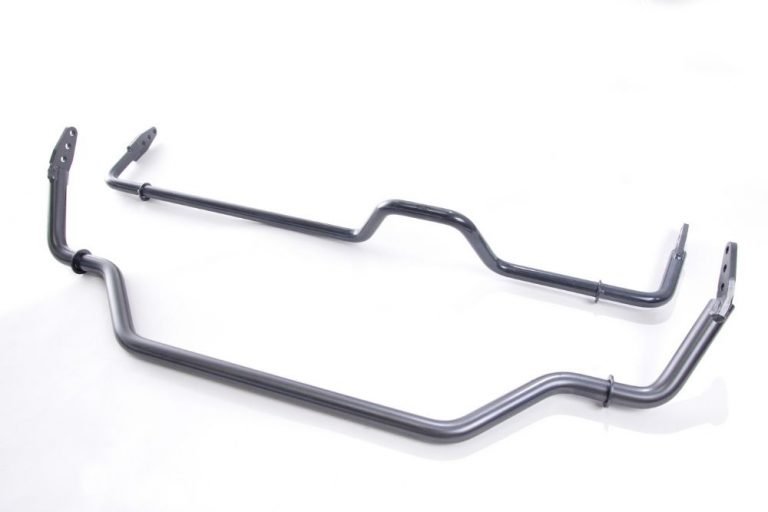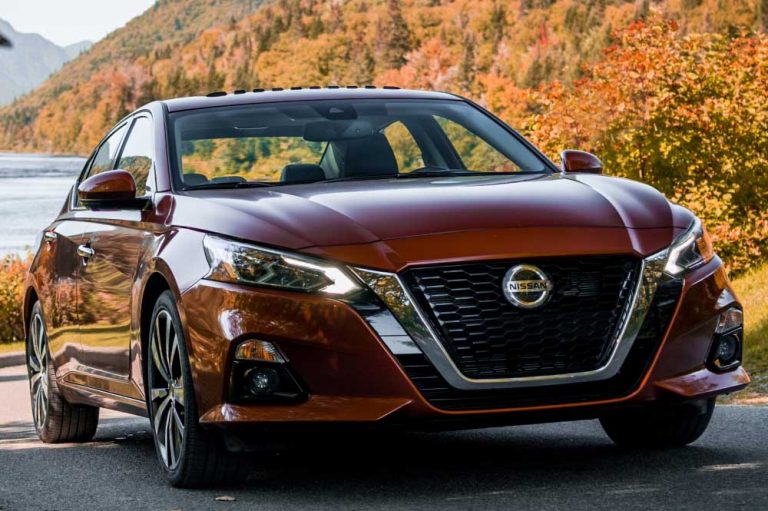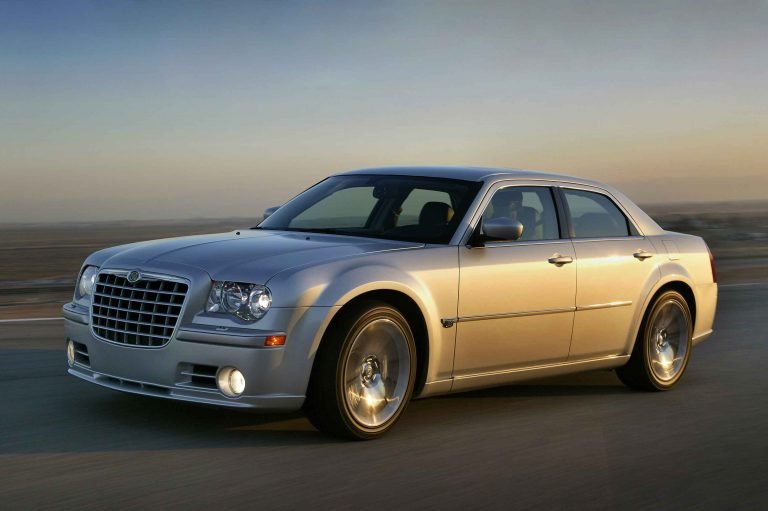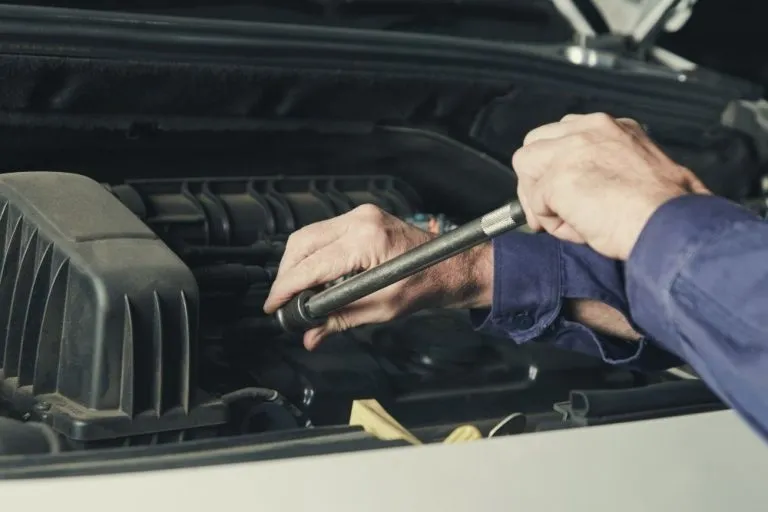Enphase Encharge 10 vs Tesla Powerwall: Unbiased Comparison
When it comes to solar systems and finding the right solar battery to store all that sunshine, you have a few choices. Two of the most popular options in the market today are the Enphase Encharge 10 vs Tesla Powerwall. Both options have their own special features as well as benefits. In this article, we’re going to help you figure out which of these options is the best fit for your solar-powered needs, whether you’re utilizing it to power your house and save on energy costs or if you’re constantly charging your electric cars.
The Enphase Encharge 10 boasts impressive performance and reliability, with the ability to control individual solar panels for optimal efficiency. This solar battery has a continuous power rating of 3.84 kW and a reasonable storage capacity of 10.5 kWh. On the other hand, the Tesla Powerwall is known for its larger battery capacity at 13.5 kWh and compatibility with any third-party inverter, along with a compact design that makes for lower installation costs.
To make the right decision, consider your solar panel setup and the amount of energy you need to be stored for the different applications you’ll be using it for, such as charging a Tesla.
Examine the features of both the Enphase Encharge 10 and the Tesla Powerwall to determine which solar battery will best complement your solar system and provide the backup power you seek during those cloudy days or grid outages. With the right choice, you’ll be harnessing the power of the sun like a pro in no time!
TLDR Summary
When comparing the Enphase Encharge 10 vs Tesla Powerwall, there are a few key differences to consider. As mentioned briefly above, the Encharge 10 has a power rating of 3.84 kW and a storage capacity of 10.5 kWh. On the other hand, the Tesla Powerwall has a larger battery capacity at 13.5 kWh, but both offer a warranty of at least ten years.
In terms of performance and reliability, the Enphase Encharge 10 has a slight edge. It offers the ability to control individual solar panels and is known for its reliability. The Tesla Powerwall, while it also has excellent performance, is more focused on compatibility with any third-party inverter.
When it comes to installation and design, the Tesla Powerwall has a more compact design and lower installation costs. This can be a deciding factor for some homeowners who are looking for a more affordable and space-saving option.
To summarize into an easy-to-understand table:
| Feature | Enphase Encharge 10 | Tesla Powerwall |
|---|---|---|
| Storage Capacity | 10.5 kWh | 13.5 kWh |
| Warranty | 10 years | 10 years |
| Performance | Slight edge | Good |
| Compatibility | Proprietary | Universal |
| Design | Standard | Compact |
In short, both the Enphase Encharge 10 and the Tesla Powerwall are great options for anyone looking to store solar energy and provide backup power during outages. Consider your needs, budget, and preferences when making your decision.
Comparing Features
Battery Chemistry
Both the Tesla Powerwall and Enphase Encharge 10 utilize lithium-ion battery technology. This technology is known for its long cycle life and high energy density, which makes it a popular choice for residential energy storage systems. Lithium-ion batteries offer a stable performance and a comparatively long lifespan compared to other battery technologies.
Storage Capacity
When it comes to storage capacity, there are some differences between the two systems. The Tesla Powerwall boasts a capacity of 13.5 kWh, while the Enphase Encharge 10 has a slightly lower capacity at 10.5 kWh. That means the Powerwall can store and discharge a bit more energy over a given period, providing more backup power for your home when needed.
Power Output
Power output is another crucial aspect to consider. The Enphase Encharge 10 has a continuous power rating of 3.84 kW, whereas the Tesla Powerwall offers a slightly higher output of 5 kW. This difference means that the Tesla Powerwall can provide more energy at once, supporting more of your home’s high-energy devices during an outage or peak demand periods.
Depth of Discharge
Depth of discharge (DoD) refers to the percentage of a battery’s capacity that is utilized before it needs to be recharged. A higher DoD indicates a more efficient use of the battery. Both Tesla Powerwall and Enphase Encharge 10 have a depth of discharge close to 100%, allowing you to maximize their usage and make the most of the stored energy.
Round-Trip Efficiency
The round-trip efficiency of a battery is its ability to convert stored energy back into usable electricity. In this case, both Tesla Powerwall and Enphase Encharge 10 perform similarly, with round-trip efficiencies of around 90%. This statistic means that you can expect to lose around 10% of stored energy during the conversion process.
Backup Power
Both systems offer backup power during grid outages, ensuring you have access to electricity during emergencies. The Tesla Powerwall has a larger battery capacity, which means it can provide more backup power for a longer period. However, the Enphase Encharge 10’s individual solar panel control capabilities can offer additional flexibility and control in managing your home’s energy usage.
To sum up, when comparing the features of the Tesla Powerwall and Enphase Encharge 10, you should take into account their differences in storage capacity, power output, depth of discharge, round-trip efficiency, and backup power capabilities. By carefully evaluating these factors, you can make an informed decision on the best energy storage system for your needs.
System Compatibility
When considering the Encharge 10 and Tesla Powerwall for your solar energy storage needs, it’s important to understand their system compatibility. Let’s delve into how these two solar batteries work with different inverters and solar panels.
Enphase Encharge 10 is designed to work seamlessly with Enphase products, particularly their M and IQ series microinverter technology. This integration makes for a more efficient solar system. Since each solar panel operates with its own microinverter, you can optimize the performance of each panel individually. This system compatibility provides a powerful combination of energy generation and storage.
On the other hand, Tesla Powerwall boasts broad compatibility with different inverter systems. You aren’t locked into using Tesla-specific solar equipment, enabling you to mix and match with third-party inverters. This flexibility in compatibility allows for greater customization and can lead to cost savings by exploring various solar panel and inverter combinations.
Enphase Encharge 10 Compatibility:
- Enphase M and IQ series microinverters
- Enphase solar panels
- Encharge IQ for enhanced system control
Tesla Powerwall Compatibility:
- Compatible with third-party inverters
- Freedom to choose preferred solar panels
When it comes to compatibility with Enphase IQ batteries, it’s essential to note that the Encharge 10 uses Enphase storage to work hand-in-hand with these batteries. With Enphase battery vs Tesla Powerwall, the latter does not directly integrate with the Enphase IQ batteries. This interoperability could be an important factor depending on your current or future solar panel and inverter setup.
Keep in mind that compatibility plays a vital role in determining the best battery choice for your solar energy system. Assess your current or preferred solar equipment and make sure to choose a battery that will work effectively and efficiently with your chosen components.
System Size and Configuration
When comparing Enphase Encharge 10 and Tesla Powerwall, it’s essential to consider the system size and configuration of your solar array. Both Encharge 10 and Powerwall integrate well with solar panel systems, offering reliable battery storage options to harness and store the energy your solar panels produce.
Enphase Encharge storage systems come with a modular design that enables you to customize based on your specific energy capacity needs. The Encharge 10 has a total capacity of 10.5 kWh and can be scaled up by adding more Encharge units as per your requirements. The Encharge 10 is designed to work seamlessly with Enphase IQ inverters, ensuring maximum efficiency in transferring solar energy from your panels to the battery.
On the other hand, Tesla Powerwall comes with a total energy capacity of 13.5 kWh and can deliver up to 5 kW of continuous power. You can easily connect multiple Powerwalls to increase your overall energy storage capacity. With its compatibility with any third-party inverters, the Tesla Powerwall offers flexibility in system configuration.
In terms of solar array integration, both Encharge 10 and Powerwall allow for easy connection with various solar panel systems. When selecting the right battery storage, consider the size of your solar array and your energy consumption patterns to make an informed decision.
Some key features of each system include:
Enphase Encharge 10:
- Total capacity: 10.5 kWh
- Continuous power rating: 3.84 kW
- Expansion: Add more Encharge units for increased capacity
- Compatibility: Designed for use with Enphase IQ inverters
Tesla Powerwall:
- Total capacity: 13.5 kWh
- Continuous power rating: 5 kW
- Expansion: Connect multiple Powerwalls for increased capacity
- Compatibility: Works with any third-party inverters
Choosing between Enphase Encharge 10 and Tesla Powerwall depends on factors like your specific energy demands and compatibility with your solar panel system. Keep in mind the expansion capabilities and installation costs when making your decision.
Warranty and Support
When it comes to warranties, both the Enphase Encharge 10 and Tesla Powerwall offer you a 10-year warranty. This warranty shows the manufacturer’s confidence in their product, ensuring you’ll have a reliable energy storage system for a significant amount of time.
Enphase’s Warranty
Now, let’s talk about Enphase’s warranty specifically. They offer a 10-year or 4,000-cycle warranty on their Encharge 10 system. This means that during this period, your Encharge 10’s capacity to store and discharge energy will remain at least 70%. This warranty provides peace of mind in your investment while still giving you the ability to capture solar from the sun and provide backup power during blackouts.
Tesla Powerwall Warranty
Moving on to the Tesla Powerwall, their warranty also guarantees that your energy storage unit will maintain at least 70% of its capacity during the 10-year warranty period. Like Enphase’s warranty, this coverage ensures that your Powerwall will effectively store and discharge energy for many years to come.
Customer Support
When you invest in an energy storage system, customer support is vital. You’ll be pleased to know that there are dedicated customer support teams to help you with any questions or concerns you may have for each of the companies.
The Enphase Encharge 10 benefits from being designed, manufactured, and supported by a single company, making it easier for you to get the assistance you need whenever you need it.
Overall, the warranties and customer support offered by both Enphase and Tesla are designed to help you make the most of your energy storage system and provide you with a high level of confidence in your investment. So, whether you choose the Encharge 10 or the Powerwall, you can trust that you’ll be well-supported throughout the life of your energy storage system.
Reliability and Safety
When comparing the Enphase Encharge 10 and the Tesla Powerwall, reliability and safety are essential factors to consider. Both of these solar power systems utilize lithium-ion technology, which is known for its high energy density and long-lasting performance, making them a step ahead of the older lead-acid batteries.
The Enphase Encharge 10 is designed to provide reliable and consistent power output, with a continuous power rating of 3.84 kW. Its compatibility with the Enphase Microinverter technology allows you to manage and control individual solar panels, increasing overall system reliability.
On the other hand, the Tesla Powerwall boasts a larger battery capacity, enabling you to store more energy for backup or self-consumption. Its compatibility with third-party inverters gives you the flexibility to use the Powerwall regardless of your existing solar system.
Safety features should not be overlooked. Both the Enphase Encharge 10 and the Tesla Powerwall incorporate advanced passive cooling systems that help maintain optimal operating temperatures. This important feature, combined with their lithium-ion cells, ensures your home batteries will function safely and efficiently.
To recap, here’s a comparison of the reliability and safety features:
- Enphase Encharge 10Lithium-ion battery
- Continuous power rating of 3.84 kW
- Compatible with Enphase Microinverters
- Advanced passive cooling system
- Tesla PowerwallLithium-ion battery
- Larger battery capacity
- Compatible with third-party inverters
- Advanced passive cooling system
When evaluating these home battery options, always consider your unique needs and preferences. Both the Enphase Encharge 10 and the Tesla Powerwall offer strong reliability and safety features, ensuring a high level of performance and peace of mind for you and your household.
Energy Management and Monitoring
With the Enphase Encharge 10 and the Tesla Powerwall, monitoring your energy consumption and solar production is easy. Both solar batteries provide mobile apps, allowing you to check your system status and track energy usage in real time.
Enphase App
The Enphase app is user-friendly and offers several features to help you manage your energy consumption effectively. With the app, you can:
- Monitor energy production from your solar panels.
- Track energy usage throughout your home.
- View the battery’s charge level and health condition.
- Get notifications about extreme weather conditions that may affect your energy needs.
Tesla App
Similar to the Enphase app, the Tesla app gives you the ability to optimize your energy usage. The app allows you to:
- Monitor solar energy production in real time.
- Check the Powerwall’s charge level and overall system health.
- Set daily energy usage goals and track your progress.
- Control and adjust your energy consumption during peak hours to save on time-of-use rates.
Both the Enphase and Tesla apps help you manage your energy needs by offering insights on energy usage patterns and suggesting adjustments to minimize costs. They are handy tools for homeowners looking to make the most of their solar energy systems.
Cost and Savings
When comparing the Enphase Encharge 10 and Tesla Powerwall, the cost is always an important consideration. Let’s explore energy costs, labor costs, and any additional costs associated with these two battery systems.
For energy costs, both systems differ in their storage capacity and cost per kilowatt-hour (kWh). The Enphase Encharge 10 has a storage capacity of 10.08 kWh, while the Tesla Powerwall offers 13.5 kWh. When looking at the cost per kWh, the Tesla Powerwall has a cost of $778 per kWh for the first Powerwall and $481 per kWh for any additional Powerwalls. On the other hand, the Enphase IQ 10 costs $990 per kWh, and the Enphase IQ 3 costs $1339 per kWh.
Labor costs can also play a factor in deciding which system is the best deal for you. Installation costs for the Tesla Powerwall are generally lower than the Enphase Encharge 10 due to its compact design. This means that you may save on labor costs if you choose the Powerwall.
There’s potential for further costs to be aware of, such as extended warranties or accessories needed for system integration. The Tesla Powerwall comes with a 10-year full warranty, while the Enphase battery also has a standard 10-year warranty with the option for you to extend it for an additional five years for an extra cost.
Remember to weigh these factors when choosing between the Enphase Encharge 10 and the Tesla Powerwall. By considering energy costs, labor costs, and any additional costs, you can make an informed decision on which battery system is right for your home and budget.
Choosing the Right Battery
When comparing the Enphase Encharge 10 and Tesla Powerwall, it is very important to consider your specific needs and preferences. Both solar batteries are top contenders in the home energy storage market and offer unique features that could benefit your home.
Enphase Encharge 10 stands out in performance, reliability, and ability to control individual solar panels. An additional advantage is the Lithium iron phosphate (LFP) technology used in Enphase batteries, which helps in running cooler, reducing the risk of fire. Encharge comes in two sizes: Encharge 3 and Encharge 10, allowing you flexibility in choosing the right storage capacity for your needs.
On the other hand, the Tesla Powerwall has a larger battery capacity and is compatible with any third-party inverter. This battery is also more compact compared to Enphase, making it easier to install in tight spaces. Besides, the Powerwall boasts a Storm Watch feature that anticipates weather changes and adjusts charging accordingly.
Before making a decision on which battery is best for your home, prioritize the benefits of each battery:
- Enphase Encharge 10:Slightly better performance and reliability
- Ability to control individual solar panels
- LFP technology for safety
- Multiple sizes available (Encharge 3 and Encharge 10)
- Tesla Powerwall: Larger battery capacity
- Compatibility with third-party inverters
- Compact design
- Storm Watch feature
Both batteries come with a 10-year warranty, and with Enphase, you can even add a 5-year extension for an additional cost. Weigh the pros and cons of these two batteries based on your requirements, budget, and installation constraints. This analysis will help you in making an informed choice to get the most out of your home energy storage.
Wrap Up!
When it comes to the Enphase Encharge 10 and the Tesla Powerwall, let’s dive into some of the key differences that can impact your decision. First off, the Enphase Encharge 10 has an edge in performance, reliability, and control of individual solar panels. Your system becomes more flexible with this choice. On the other hand, the Tesla Powerwall battery boasts a larger battery capacity, making it a strong contender for those focused on more storage. Additionally, it’s compatible with third-party inverters and offers a compact, aesthetically pleasing design.
Talking about warranties, both products come with a 10-year warranty to ensure you get substantial life out of your battery system. While Tesla provides a full warranty for those ten years, Enphase offers a standard warranty with the option to extend it for an extra five years at an additional cost – a nice option if you’d like extra peace of mind.
Here are some quick comparisons:
Enphase Encharge 10:
- Capacity: 10.5 kWh
- Continuous power rating: 3.84 kW
- Warranty: 10 years (standard), with an optional 5-year extension
Tesla Powerwall:
- Capacity: 13.5 kWh
- Warranty: 10 years (full)
- It can be combined with up to 10 units
Remember that installation costs for Tesla Powerwall tend to be lower due to its compact design. This can be a consideration when thinking about your overall budget.
If you’re a fan of anticipating changes in weather and adjusting appropriately, both batteries provide a feature to prioritize charging based on weather forecasts – this is especially useful during stormy seasons.
At the end of the day, everything comes down to the aspects you find most valuable, and both battery options are designed to efficiently capture and store solar energy for your home. So, weigh the benefits of each product and go with the one that best aligns with what you need.

